Harvest Moon DS: The Weird Mix of Two Classic Bokujou Monogatari Games
Examining one of the more unique entries in the iconic series
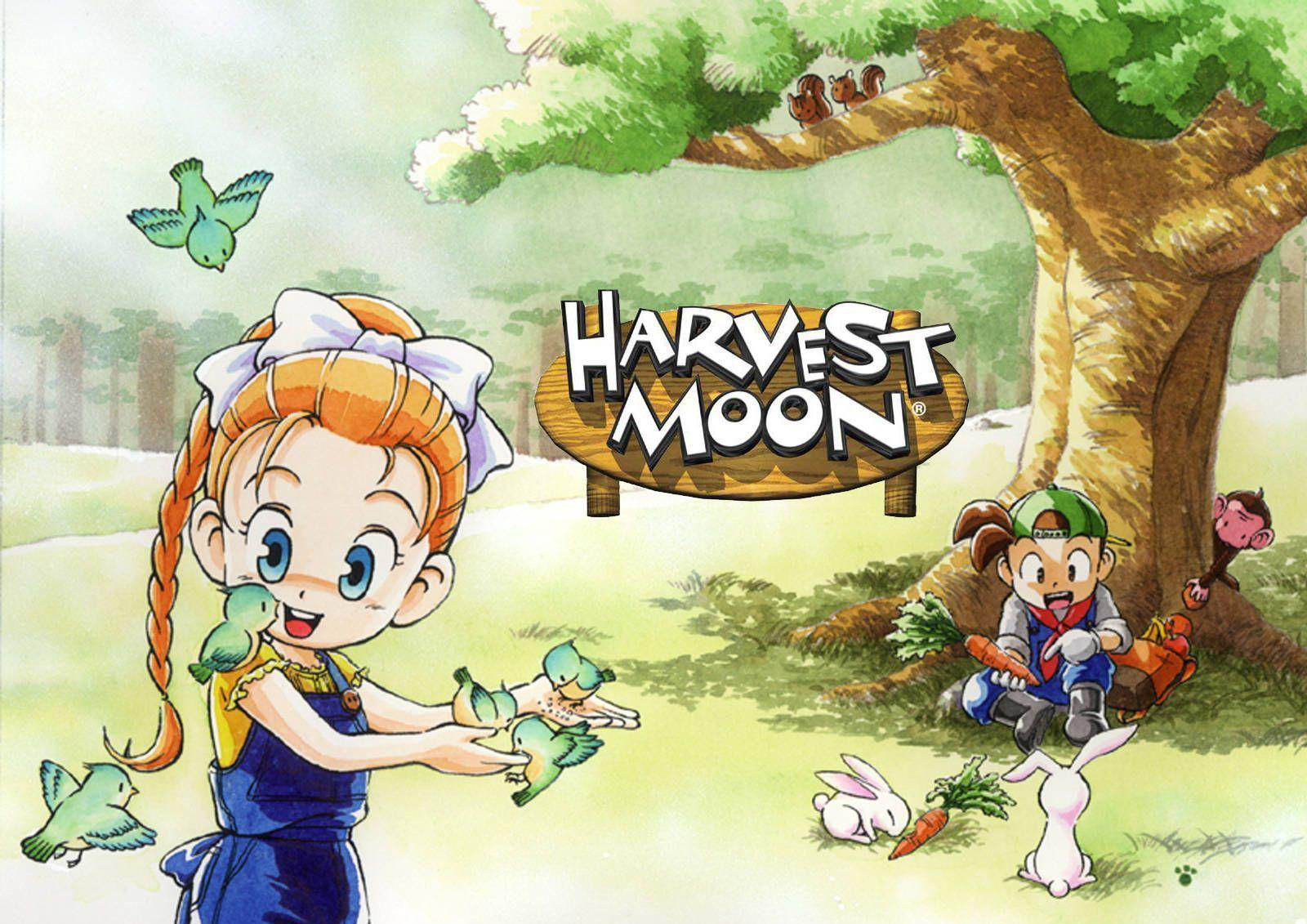
The Bokujou Monogatari series is perhaps one of gaming's most memorable franchises when it comes to the simulator genre. The series is also infamous for its localization problems, starting its life in the West as Harvest Moon in 1996, and then changing to Story of Seasons in 2014.
No matter the name though, Bokujou Monogatari is remembered by its titles. Recently, a remake of one of its most beloved titles, Story of Seasons: A Wonderful Life, was released to modern platforms. A Wonderful Life is a weird game compared to the rest of the series, but its uniqueness brought a charm and made many players fall in love with it. I always wanted to play the 2003 original game, but only now, with its remake, have I had a chance to enjoy it, and I liked it.
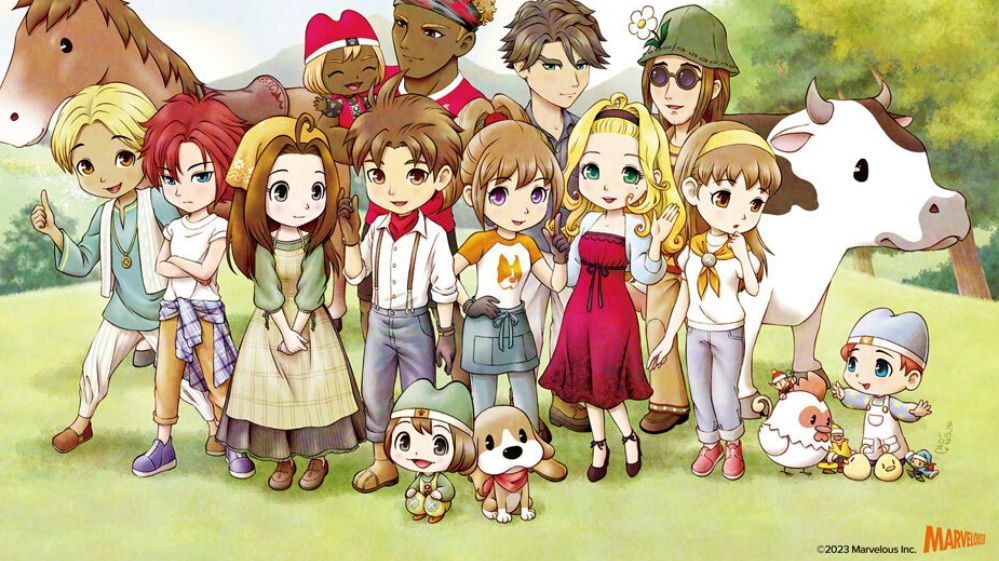
Yasuhiro Wada, the series creator, says A Wonderful Life is his favorite game and the one he considers the closest to his original vision: a life simulator with some farming element. Although the author and fans enjoyed the game, the formula introduced in A Wonderful Life was never reutilized for the series. Its characters and world, however, became popular enough to retain their presence over the years.
One clear example of this popularity is the title of this article, Harvest Moon DS (HMDS). Released in 2005 in Japan for the Nintendo DS and in 2006 in the West, the game is a rather weird entry in the series, introducing elements that would later span into their own series or even return in the future, as well as having an odd translation “problem” that gave many people the wrong idea about it.
Let me introduce you to one of the most fascinating and weird games in the Bokujou Monogatari franchise.
Is that a demake in my DS?
As mentioned before, HMDS was released in 2005 for the Nintendo DS, becoming the first title in the series to reach the portable. As with home consoles, the Bokujou Monogatari franchise had a long and successful history in the portables, appearing in the Game Boy family line with many successful titles. One of the most beloved titles in the series, Friends of Mineral Town, was released a few years before the Game Boy Advance.
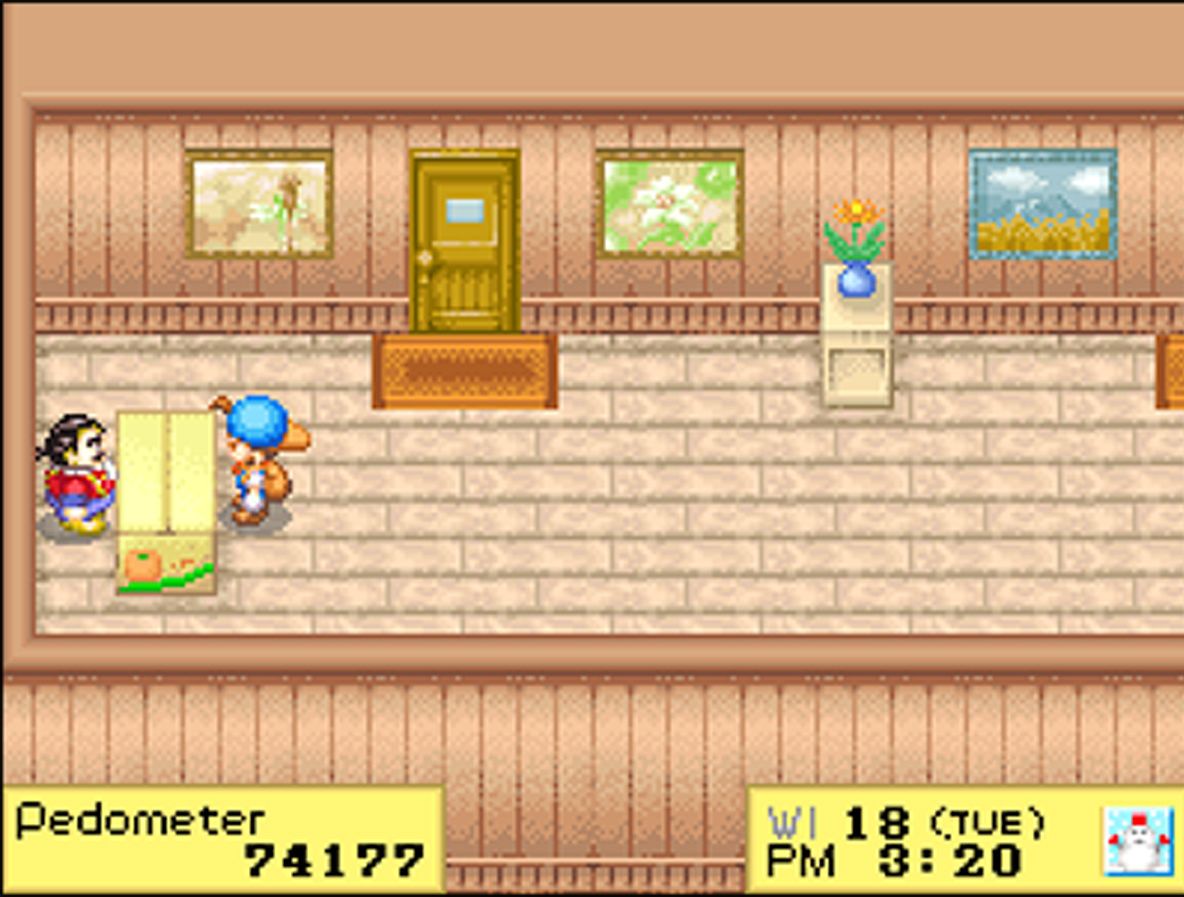
As was the case with many franchises during the transitional period between the GBA and DS, the first Harvest Moon game on the portable drew a lot of inspiration from its GBA brethren. At a glance, you could be forgiven for thinking this is another version of Friends of Mineral Town with how similar the two games are, in both presentation and even a small part of the gameplay. The main character is even the same “sprite”.
Friends of Mineral Town isn't the only game that inspired HMDS though. After a lengthy cutscene introducing the small “plot” and some characters, players will be left out on a huge farm, and leaving the place shows them a village only seen one time before in the series, Forget-me-not-Valley, the same place where A Wonderful Life takes place.
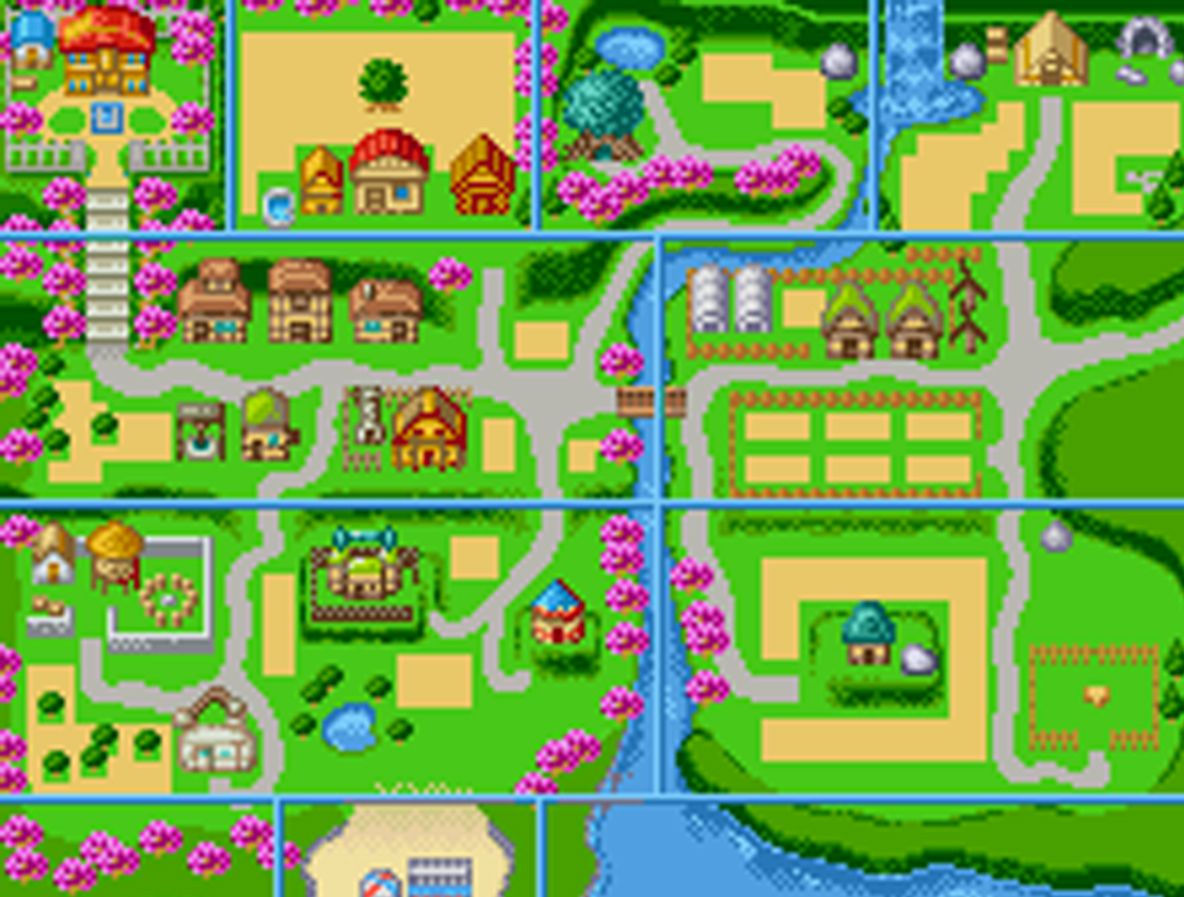
The entire game takes places and characters directly from the 2003 game, transporting the 3D world to a 2D world, and changing small things to adapt it to the Friends of Mineral Town engine. As such, we can consider HMDS to be a demake of the classic title, which introduces Friends of Mineral Town characters into the mix as well as new gameplay elements, right? No.
HMDS is actually a sequel to A Wonderful Life, which mixes some elements of that game's gameplay and formula with the ones available in Friends of Mineral Town and the rest of the series. The thing is that for the Western release, matters got a little confusing thanks to its translation.
The translational problem that tricked fans
Although translation problems aren’t uncommon for the Bokujou Monogatari franchise, HMDS was a special case that made many players ask themselves what happened during the localization. Natsume, responsible for localizing and releasing the game in the West, decided to make some changes, the biggest being the character names.
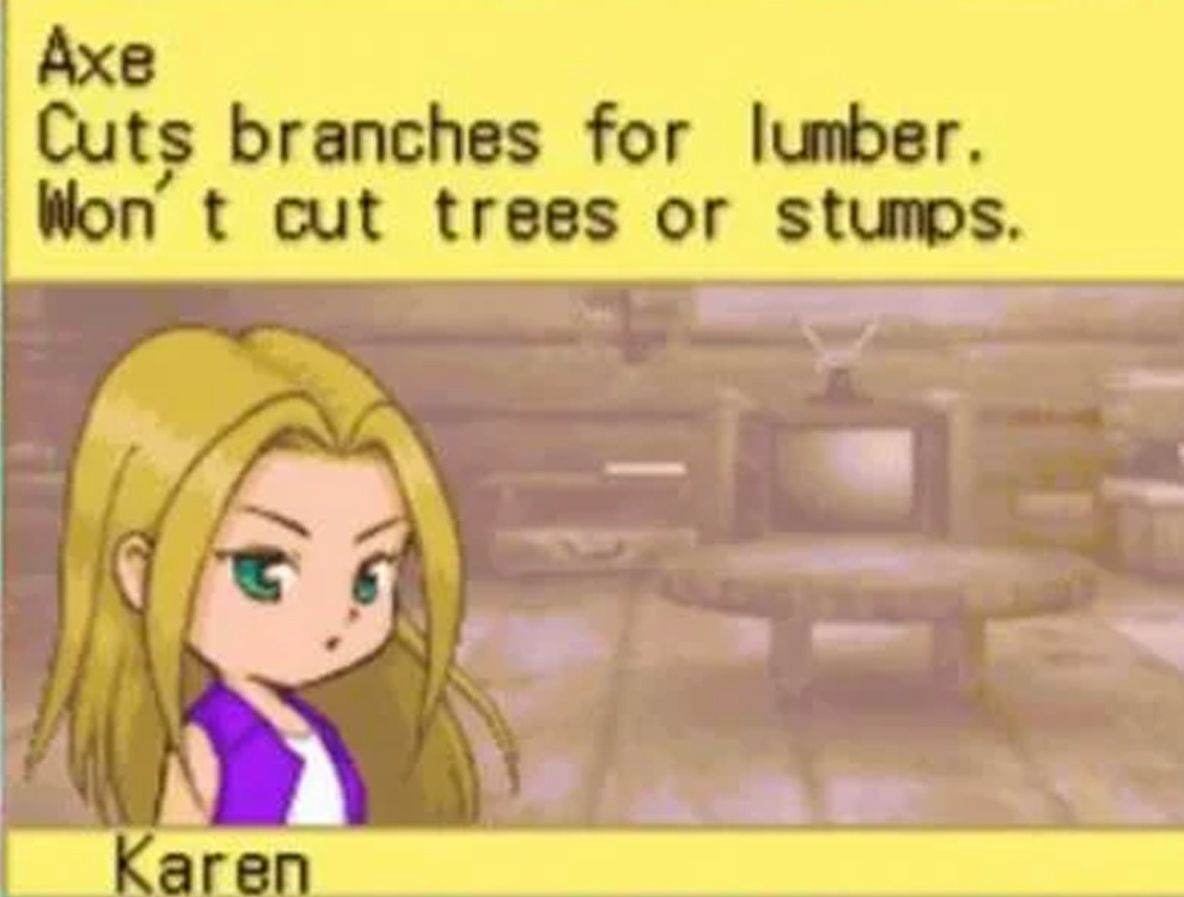
In the Japanese version, every character had a new name which showed that this was a new generation of characters. In the West, however, Natsume decided to reutilize the same names as the ones from A Wonderful Life, making it seem that this game was a demake of the GameCube classic.
This wasn't the only problem related to the translation. Other things got translated incorrectly, such as item names. The name change is the biggest thing that got fans confused at first with the game, but something else made HMDS infamous to the Bokujou Monogatari: the bugs and glitches.
Not a good start on the DS
When Harvest Moon DS launched on the platform, fans were happy to have a new title in the series. The game was well received, but as soon as people started to play it, they also noticed how the experience wasn't as stable as we had come to expect from games in a long-standing franchise.
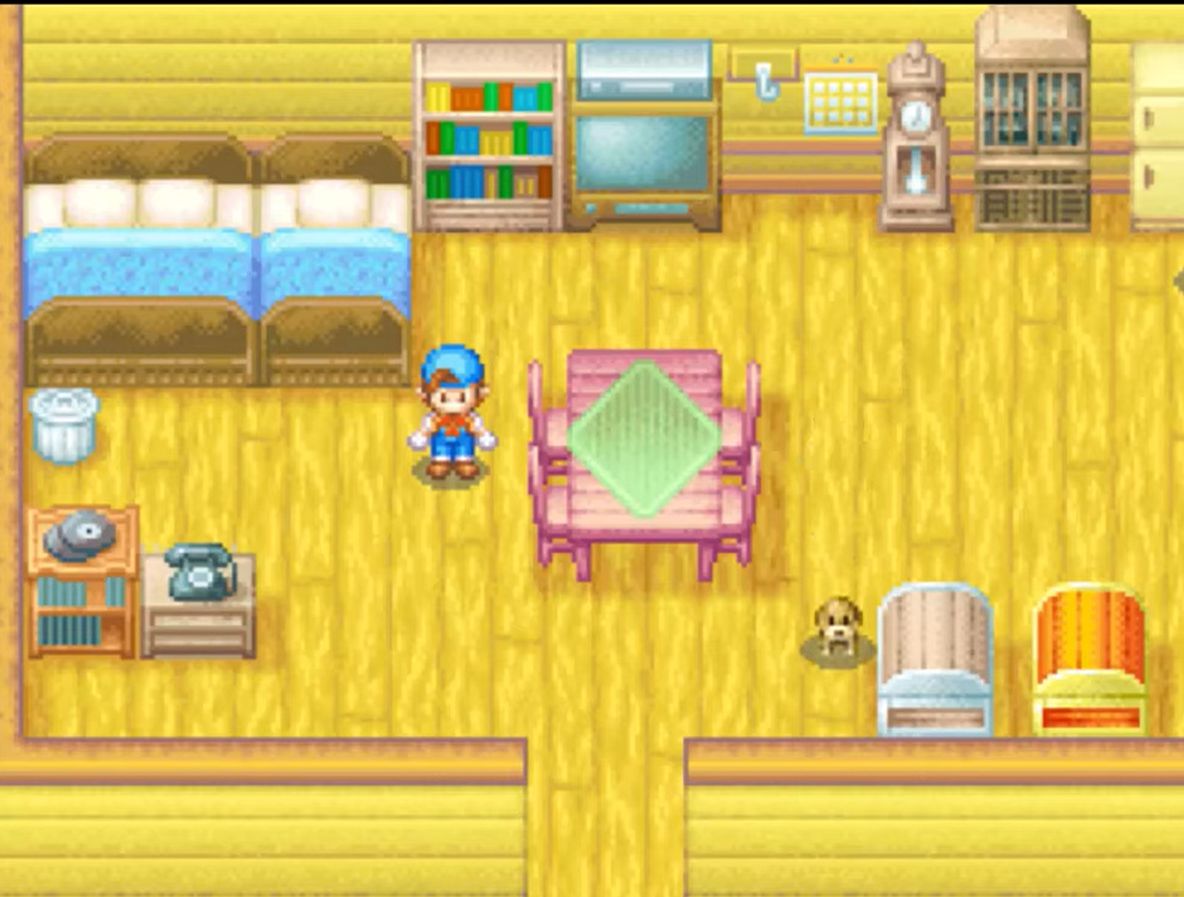
Bugs that could help by giving you billions of Gold or that could destroy your save file in a second were part of what could be found when playing through the game. Some of them were fixed in an updated version after the North American release before Europe got it, but some were left over. One of them includes an error with the game not registering an item necessary to marry the special candidate, the Harvest Goddess.
The additions that made Harvest Moon DS a unique game
As expected of any new game in a long-running franchise, HMDS brought some additions to make things feel a little different from past titles. These additions, however, made the game truly shine as one of the most unique experiences in the series and laid the foundation for what would eventually turn into another franchise as a whole.
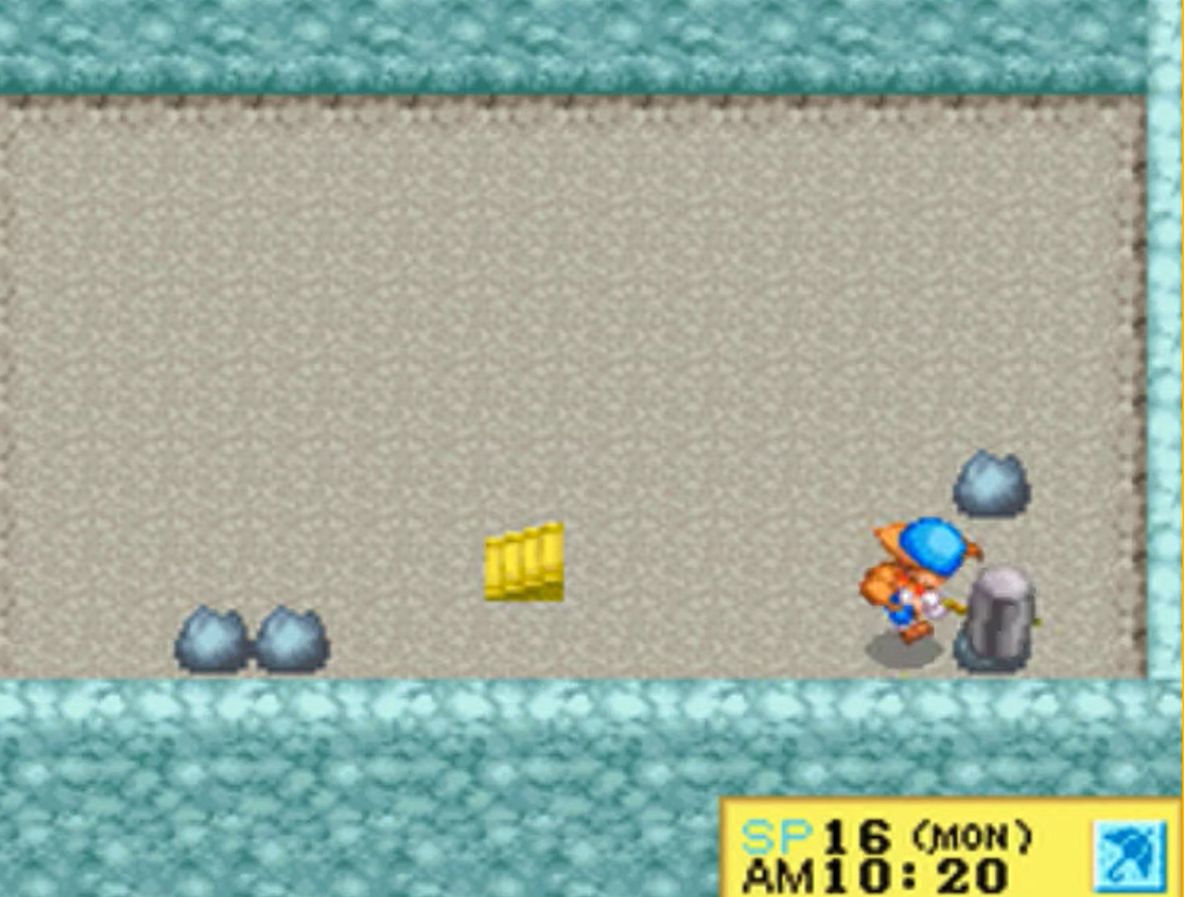
Mines were always an optional way to make money in the series. Players could go mine for ore that could be sold for extra gold, and even find some accessories that could help with managing other aspects of the farm life. Harvest Moon DS takes this up a little more, adding four mines with more than 100 floors, secrets to uncover, and (surprisingly) enemies to fight.
Players will have to fend off wild creatures inside the mines utilizing its farm tools in a simple but fun battle system. Although there aren’t health bars nor any special attacks, the addition of enemies is an interesting and fun way to make what would be an optional boring thing into something fun. There’s even a sword that can be found to help defeat the monsters even faster.
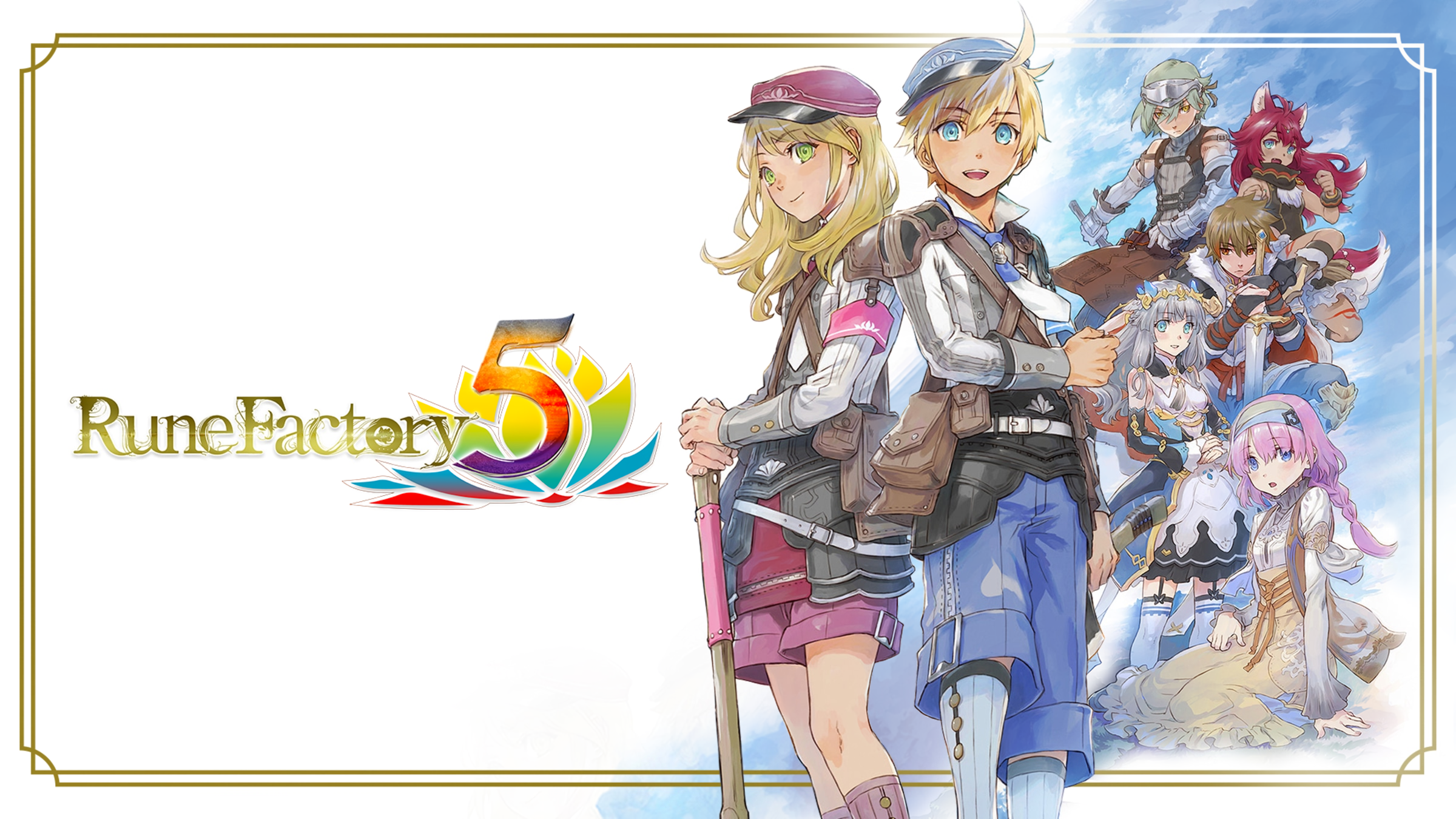
This addition, which to this date is still exclusively to HMDS, was well-received by fans who wished to see this expanded in some form. Surprisingly, one year later, they got their wish when the Rune Factory series started, which brought a mix of farm sim and RPG to the Nintendo DS. That series by itself was also well received by fans, which shows that the idea of introducing combat elements to a more tranquil genre was a bold but smart one.
Another unexpected addition was the introduction of the Best Friends System on the girl version of HMDS. Harvest Moon DS Cute, was released some months after DS in 2005 in Japan and 2008 in North America only. Being built over the code of the original version, Cute not only made it possible to play as a girl but also fixed a lot of errors and glitches that even the updated DS version didn’t fix.
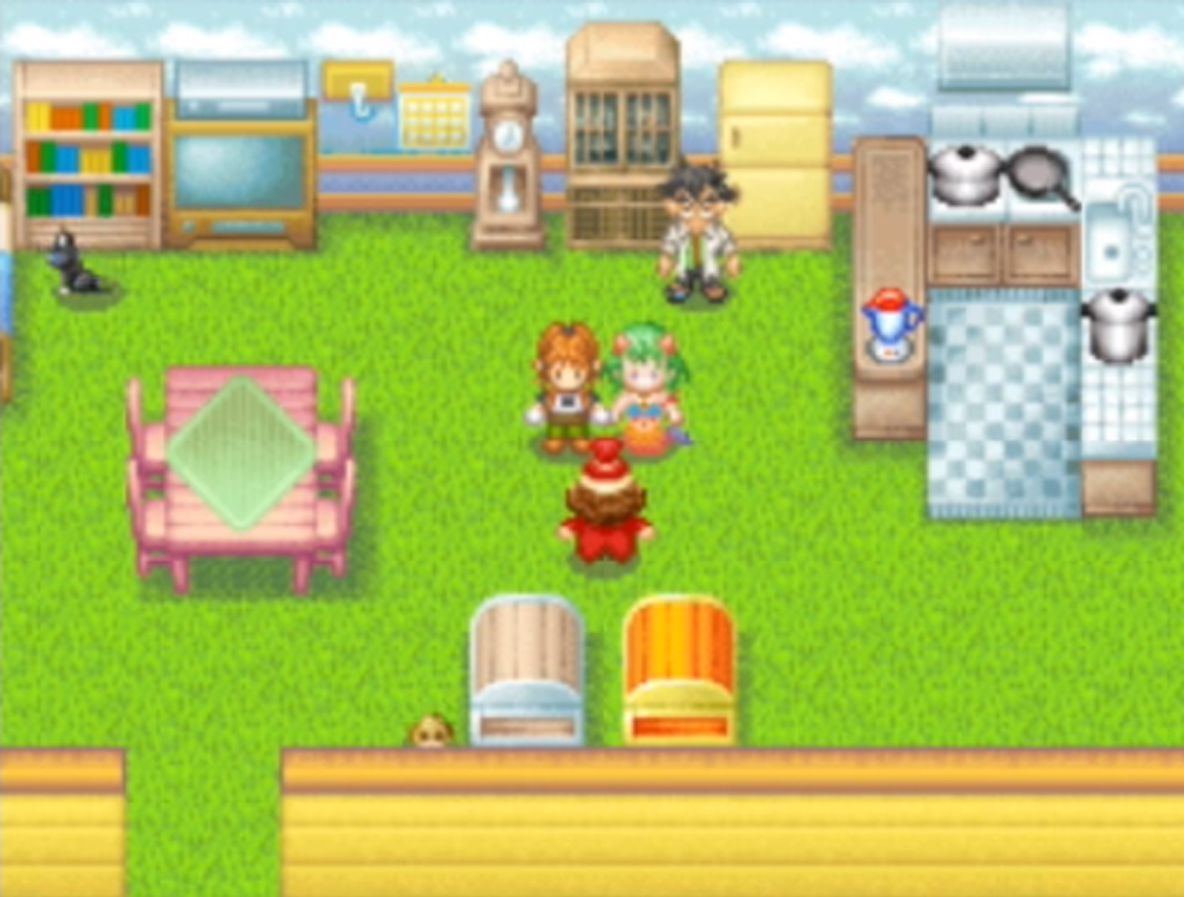
Because it was built over the code for the male version, developer Marvelous decided to leave in place the interactions and events related to the Special Marriage Candidates of that version. The Best Friends system was born from this, where a female player could “marry” one of the special girls, live together, and even have a baby, delivered by magic. Although this was only available in the Japanese version, this was still something memorable that many fans enjoyed. The Best Friend system would be removed from subsequent Harvest Moon titles, only coming back to the series with the release of the Friends of Mineral Town remake, which also made it the first time Western fans could officially enjoy the mechanic.
One simple farm in two screens
Although it had a rough release with bugs and other glitches, Harvest Moon DS was a fun game that kickstarted the Harvest Moon series in the DS hardware with a bang. The game was a success with fans and is still loved by the community to this day. The mix of Friends of Mineral Town and A Wonderful Life elements was always fascinating, and the additions made eventually became quite important to the franchise and its contemporaries of the genre.
After both Friends of Mineral Town and A Wonderful Life receive remakes, HMDS could be a good option to come back as well. It could be the perfect opportunity to fix its mistakes and improve the base, which was already solid. However, its uniqueness might make it hard to bring to newer consoles, especially when both of its “origins” received good remakes. Only time will tell what the future holds for this classic series.